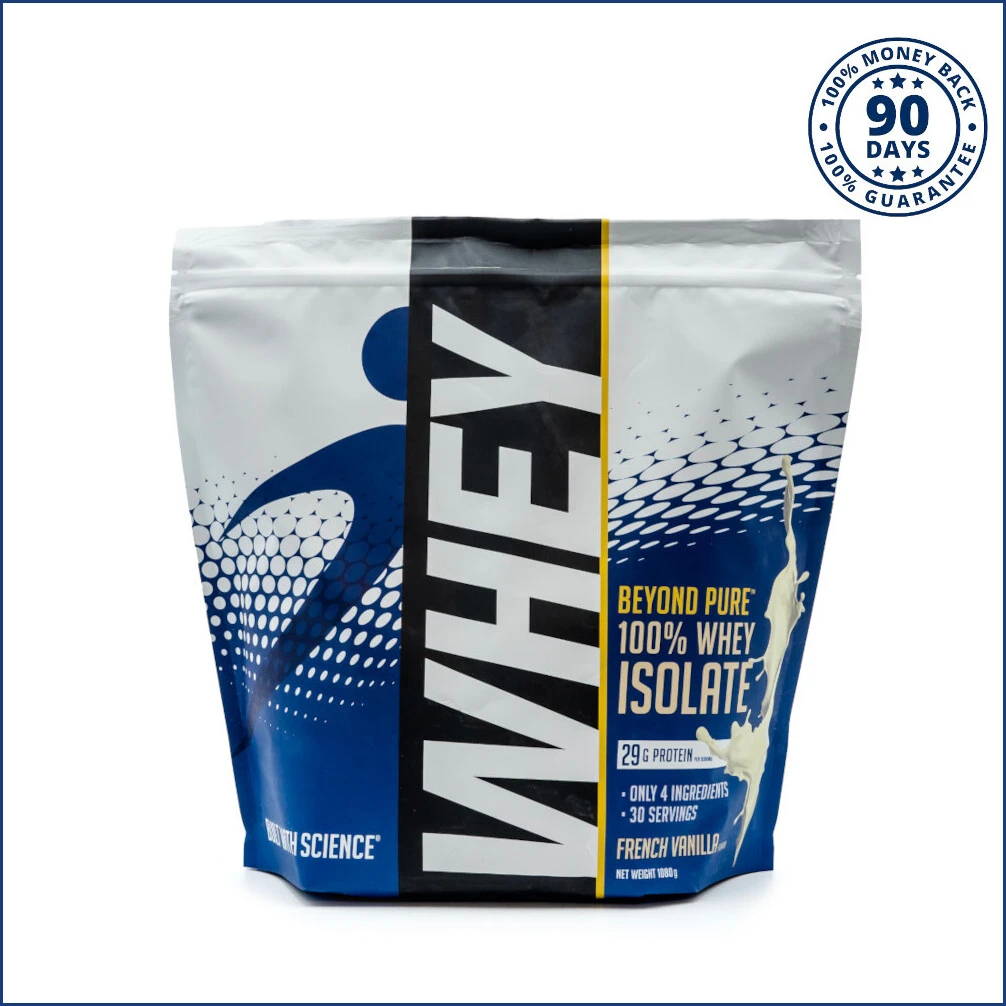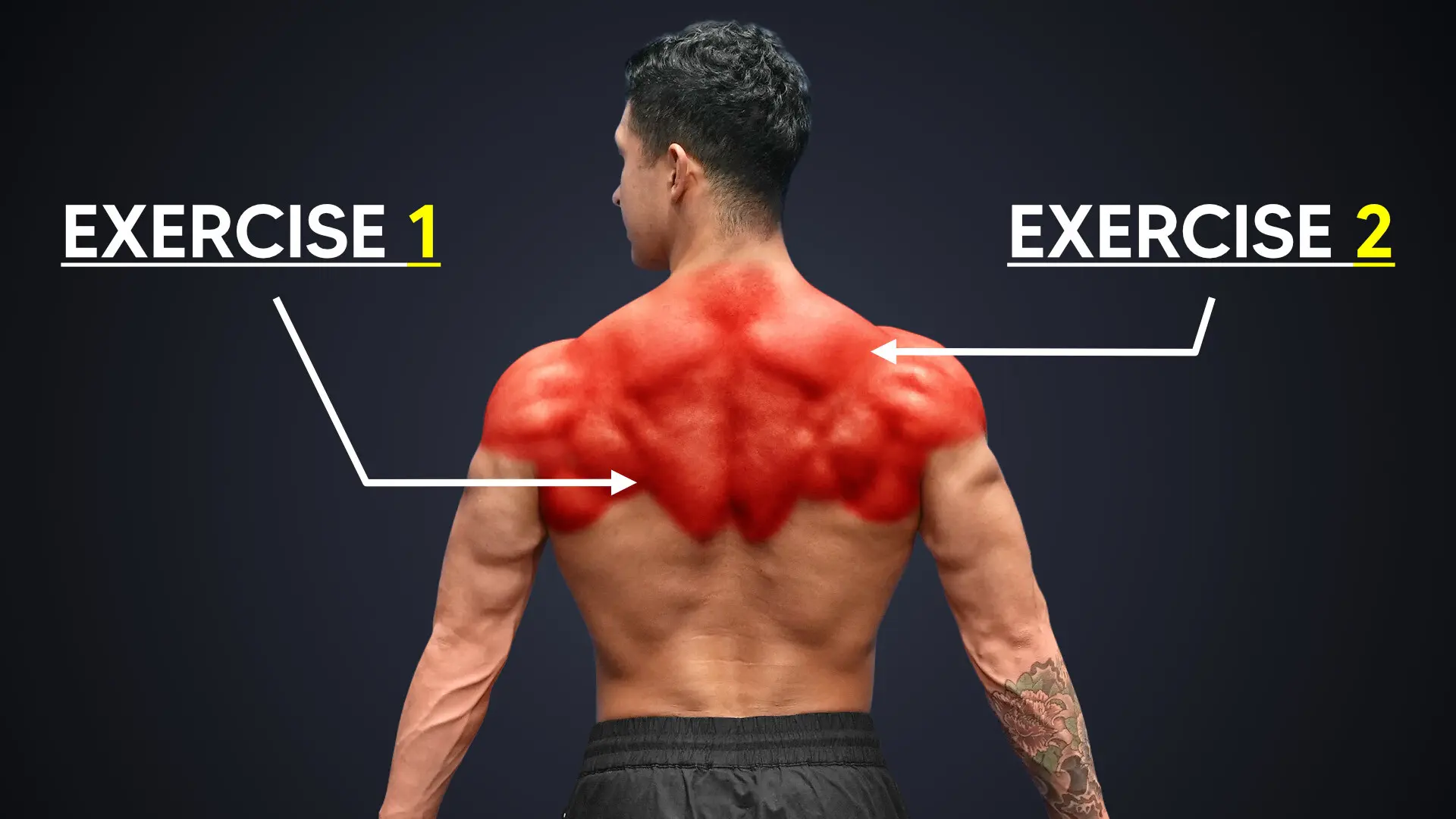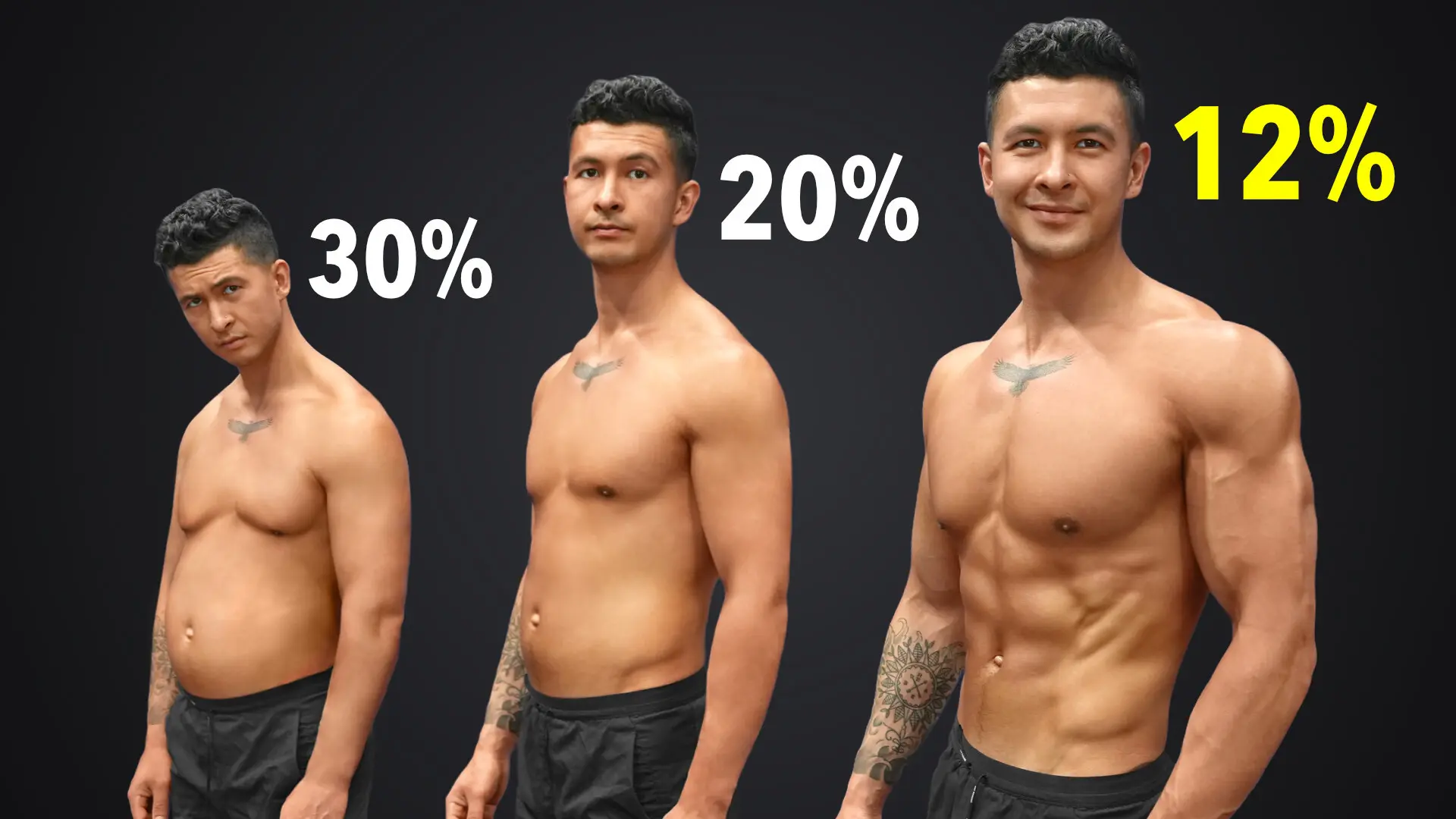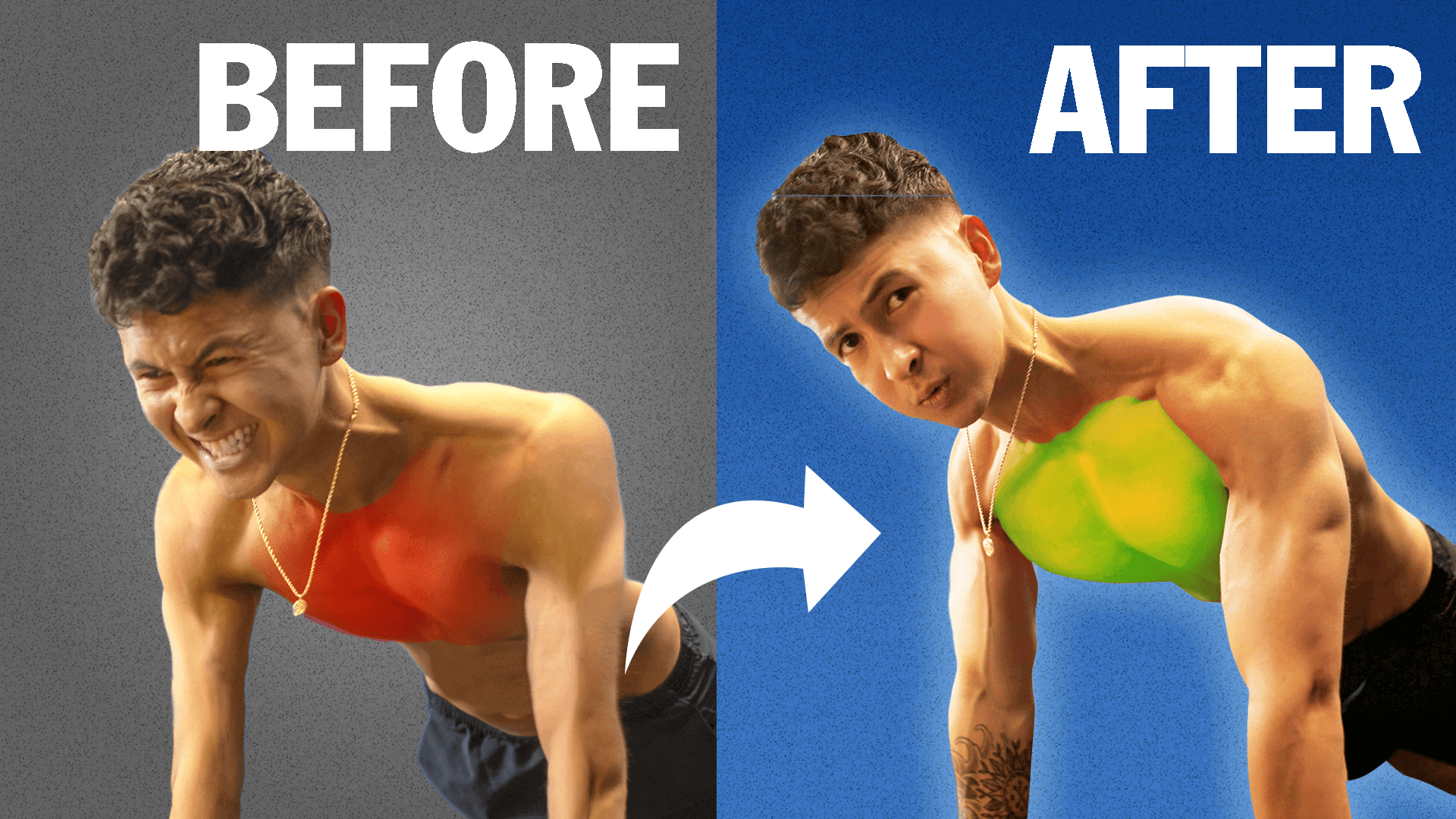
How To Get A Massive Chest With Only Push-Ups (NO EQUIPMENT)
Want a bigger chest? This article is for you. Here, I cover the 6 types of push ups - plus 2 key movements - that'll help you build a massive chest (fast!)
I’m going to share with you how you can grow a big chest by just using push ups. Here's what we're going to do:
- We'll do a test to determine your current push up level
- Then, we'll go through how to pick the right push up variations based on that
- Finally - speed up your chest gains by completing your routine with 2 key exercises
By the end of this article, you'll have a personalized weekly push up routine to grow your chest.
By the way: looking for a program that'll guide you through, in a step-by-step manner, the best way to achieve hypertrophy with a particular exercise? No matter your lifting experience? Stop searching - because you'll find it right here on Built With Science. Every program takes your through the best progression that'll take you from beginner, to novice, to the master stage, for every exercise - and in the FASTEST time possible. If you’re interested::
Click the button below to take my analysis quiz to discover the best program for you:
↓
Why Is This Push Ups Routine So Effective At Growing The Chest?
First, let me tell you how we used science to make this push ups routine so effective at growing your chest. Well, it's all because we made use of science to structure it.
Push Ups Win Out The Bench Press At Improving Push Up Strength
A 2018 study had a group of male subjects train 3 times a week using either the bench press or push ups. The bench press group simply increased the weight as they got stronger. The push up group, however, use 10 types of variations that ranged from easiest to most difficult. How it'd work is that once the subjects mastered 1 push up variation, they would move on to the next one. Doing so helped them continue improving their strength over time.
The findings? After 4 weeks, the push ups group managed to increase their overall upper body strength as much as the group using the bench press did. Other studies that analyzed muscle growth show similar results. And indicate that with the right push-up progressions, you can build comparable size and strength as a weighted exercise like the bench press.
How do we implement this into your push ups routine for maximum chest hypertrophy? Easy. By having you train 3 times a week with the appropriate push-up variations based on your current level of strength.
Incorporate 3 Styles Of Training To Further Boost Chest Gains
In addition to this, we'll apply a special training method to further boost your gains. This method was tested on 18 powerlifters to see how it affected their gains. The participants trained 3 days per week, with each day using a slightly different style of training:
- "Easier" workout: On day 1, they performed an "easier" workout focused on just getting some skill practice in with their exercises.
- "Heavy" workout: On day 2, they performed a "heavy" workout focused on improving their strength.
- "Muscular endurance" workout: Then, on day 3, they performed a "muscular endurance" workout. This is focused on improving the number of reps they could do in a row.
These 3 styles of training challenged their muscles in different ways. And proved to be extremely effective at increasing their upper body strength - so much so that it's 3 times as fast as traditional methods (8.7% vs. 2.7%).
Structuring Your Push Up Workout Routine
So, we'll replicate the same approach into your 3 weekly workouts by using a skill day, a strength day, and a muscular endurance day. Each will be filled with the right exercises for that particular session:
- Easy/Skill Day (Day 1): The primary focus here is to use the "easiest" version to just get in some reps.
- Strength Day (Day 2): The primary focus here is to use the hardest variation to improve your muscular strength.
- Muscular Endurance Day (Day 3): This day will help prepare your muscular endurance. Doing so helps increase the number of reps you can do in a row.
Step 1: Assess Your Current Push Up Level
To do a normal push up, your muscles need the strength to be able to lift about 70% of your weight. This is why we’re going to use a test to determine your push up level. This lets us know which types of push up variations and accessory exercises are fitting for you.
First, warm-up. If you’re able to do push ups, this is where you’ll want to do a few sets of 2-3 push-ups to get your body warmed up. Find that too difficult for a warm-up? Then you can do wall push-ups instead.
After your warm-up, rest for about 2-3 minutes before the push up test. For the test, only good push up form counts. So, that means if:
- Your hips are sagging
- You’re not going all the way down or all the way up OR
- Your elbows flare out to the sides
... then those reps don’t count. Each rep should be controlled with your:
- Body remaining in a straight line
- Nose almost touching the ground on the way down
- Arms fully locked out at the top AND
- Elbows tucked to about 45 degrees away from your side
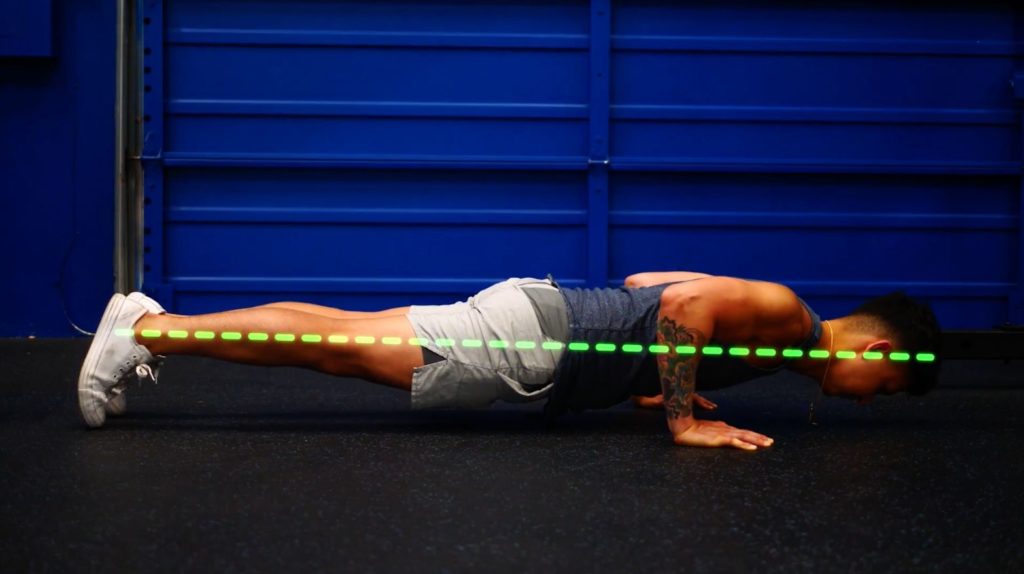
When you're ready, do as many push ups as you can. Note down how many you get and see which level you fall under.
- 1-10 push ups: Level 1
- 11- 30 push ups: Level 2
- More than 30 push ups: Level 3
Step 2: Learn The Types Of Push Up Variations For Your Level
Now, let’s go through each workout, starting with day 1. Make sure to pay attention to each exercise I go through as many of them will be used in multiple levels. In step 3, we’ll then finish off the routine by adding 2 key exercises to each workout.
Day 1: Easy/Skill Day
Incline Push Ups
In the 1-10 group? We’ll use an exercise that will require you to lift less of your bodyweight. This makes it easier for you to do. Find any kind of elevated platform like a couch or table and place your hands on it. The higher that platform the easier this move will be, so choose an appropriate height and lower it over time as you get stronger. Simply perform your push-ups on that platform - and use a height that allows you to do 3 sets of 6-8 reps.
Normal Push Ups
In the 11-30 group? Take the number of push ups you can do in a row and take 70% of that. For example, if you can do 16 in a row, 70% of that would be 11. You’re going to do 3 sets of that number using normal push ups.
Hand Release Push Ups
In the 30+ group? You’re going to use a slightly harder variation called hand release push ups. In normal push ups, at the bottom position after your descent, something called a “stretch-shortening” reflex kicks in. This reflex gives your muscles more strength on the way up. So, what we want to do here is take this reflex away. In turn, creating a greater demand on your muscles - making normal push ups much easier for you.
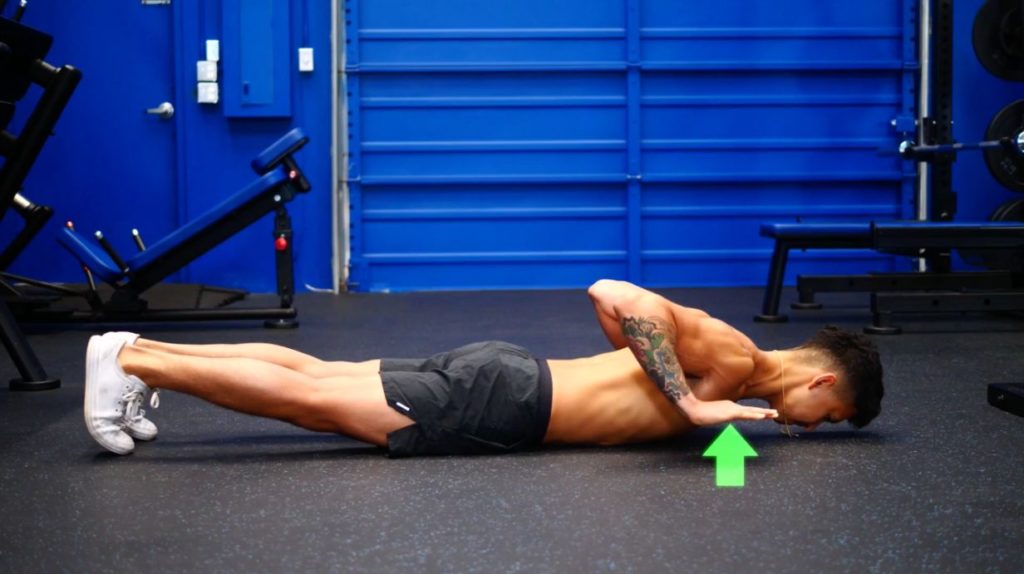
We’ll aim for 3 sets of half the number of what your max push-ups in a row number was from step 1. To perform it:
- Get into a normal push up set up
- Slowly come all the way down until your chest is resting on the ground
- Take your hands off the ground
- Place them back
- Then, continue a normal push up
Day 2: Strength Day
Now let’s move onto day 2. In other words: your strength day.
For the 1-10 group, you’ll use a variation that’s focused on the “downward” portion of the pushup. This has been found to be a unique way to quickly improve strength.
This is also a method used frequently in my Built With Science programs because of its effectiveness. If you'd like to check my programs out:
Click the button below to take my analysis quiz to discover the best program for you:
↓
We’ll do 5 sets of just 1 rep of this variation. To perform it:
- Start at the top of a push up position
- Then, lower yourself as slowly as you can to the ground
- Once you reach the ground, set back up to the top and repeat
Try to slow down more and more as you get stronger over time.
For the 11-30 group, for strength, you’re going to do the hand release push ups mentioned earlier.
For the 30+ group, we’ll want to do a variation that makes you lift more weight than you would with normal push ups. We’ll do 3 sets of 50% of your max number of push-ups. To perform it:
- Start in a normal push up position
- BUT come down to one hand instead of straight down; this shifts more of your body weight to one arm (increased difficulty)
- Push back up using that one hand
- Then, switch to the other hand for the next rep
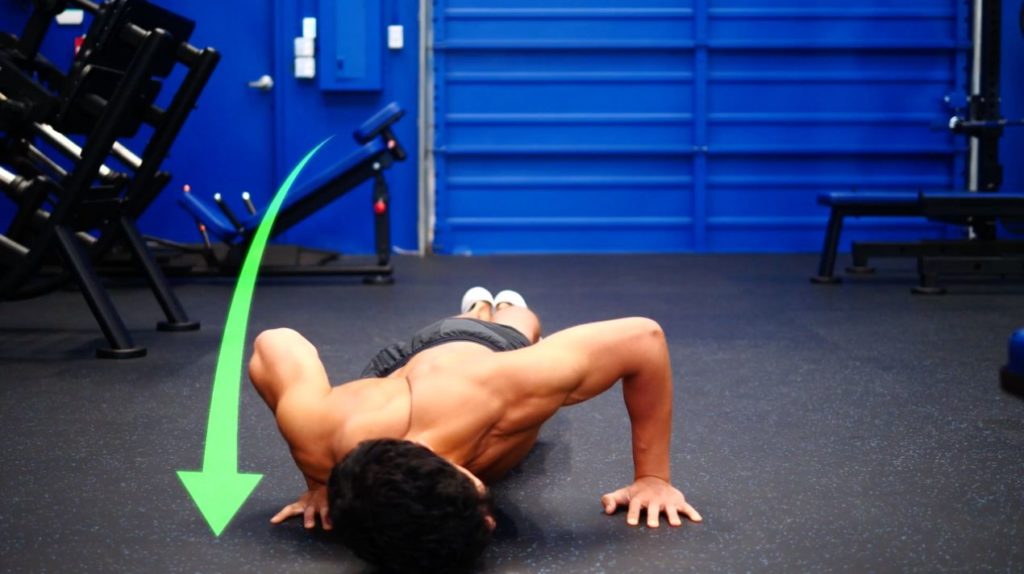
Day 3: Muscular Endurance Day
For day 3, all groups are going to do something called EMOM push ups. EMOM stands for every minute on the minute. This variation involves short bursts of effort followed by minimal rest. This allows you to get a lot of reps to build up your endurance without letting your body completely fatigue. They’re tough, but very effective.
To perform it, take 50% of your max push ups number. Then, using a timer, every minute for a total of 5 minutes you’re going to perform that number of push ups. So if you had 20 as your max push ups number, you’d aim to do 10 push ups every minute to get a total of 50 push ups. Finished that and it was too easy? Then increase your goal push ups for each minute.
So with your push-up variations, this is what your 3 days should look like based on your level.
Step 3: Utilize Accessory Movements
Now, it’s time to finish off your routine by adding 2 key movements. These movements will strengthen the various other muscles you’ll need to speed up the chest gains you see from doing push ups.
Shoulder Taps
The push up is actually just a plank that is moving up and down, which requires your core muscles to be strong enough to do so. If they’re not, your lower back will arch. Or your hips will pike up. That's why we'll make use of shoulder taps; it'll focus on:
- Strengthening those core muscles WHILE
- Integrating your shoulder, triceps, and chest muscles
To perform it, get into the top of a push up position. Placing your feet together will make this movement harder, so start out with your feet spread out. Brace your core and fully extend your legs. Then, for 30 seconds, while keeping your body as stable as possible and without sagging your hips from one side to the other, lift one hand to tap your opposite shoulder. And then switch to the other hand. Slower taps place a greater demand on the core and muscles of the arms. So, take it slow rather than just trying to do as many taps as you can.

Close Grip Push Ups
The last exercise will add more volume to your routine while improving your push ups power by focusing on the triceps.
To perform it, you’ll do a standard push-up. But now with your hands placed closer together at about shoulder-width apart. Based on your strength level, you can do these on an incline to make it easier or on a decline to make it more difficult.
Adjust the incline or decline of the movement based on your strength level like we did earlier with the standard push-up. You’ll do 2 sets of these, and take each set to failure, to the point where you can’t do any more reps.
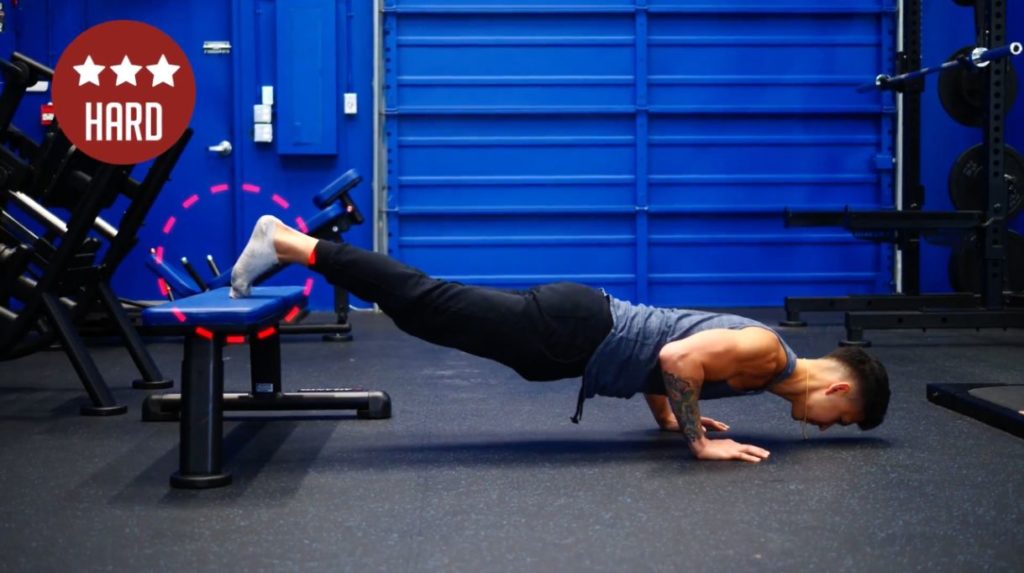
Push Ups Routine For Maximum Chest Gains
With these 2 accessory movements added to your routine, here’s what it should now look like for each level.
Level 1-10
Day 1: Easy/Skill Day
Incline Push-ups: 3 sets of 5-8 reps
Shoulder Taps: 3 x 30 seconds
Close Grip Push-Ups: 2 sets to failure
Day 2: Strength Day
Negative Push-ups: 5 sets of 1 rep (3-5 second descent)
Shoulder Taps: 3 x 30 seconds
Close Grip Push-Ups: 2 sets to failure
Day 3: Muscular Endurance Day
5 min EMOM (50%max Pushups)
Shoulder Taps: 3 x 30 seconds
Close Grip Push-Ups: 2 sets to failure
Level 11-30
Day 1: Easy/Skill Day
Push-Ups: 3 sets of 70% max push-ups
Shoulder Taps: 3 x 30 seconds
Close Grip Push-Ups: 2 sets to failure
Day 2: Strength Day
Hand-Release Push-Ups: 3 sets of 50% max push-ups
Shoulder Taps: 3 x 30 seconds
Close Grip Push-Ups: 2 sets to failure
Day 3: Muscular Endurance Day
5 min EMOM (50%max Pushups)
Shoulder Taps: 3 x 30 seconds
Close Grip Push-Ups: 2 sets to failure
Level 30+
Day 1: Easy/Skill Day
Hand-Release Push-Ups: 3 sets of 50% max push-ups
Shoulder Taps: 3 x 30 seconds
Close Grip Push-Ups: 2 sets to failure
Day 2: Strength Day
One-Sided Push-Ups: 3 sets (per side) of 50% max push-ups
Shoulder Taps: 3 x 30 seconds
Close Grip Push-Ups: 2 sets to failure
Day 3: Muscular Endurance Day
5 min EMOM (50%max Pushups)
Shoulder Taps: 3 x 30 seconds
Close Grip Push-Ups: 2 sets to failure
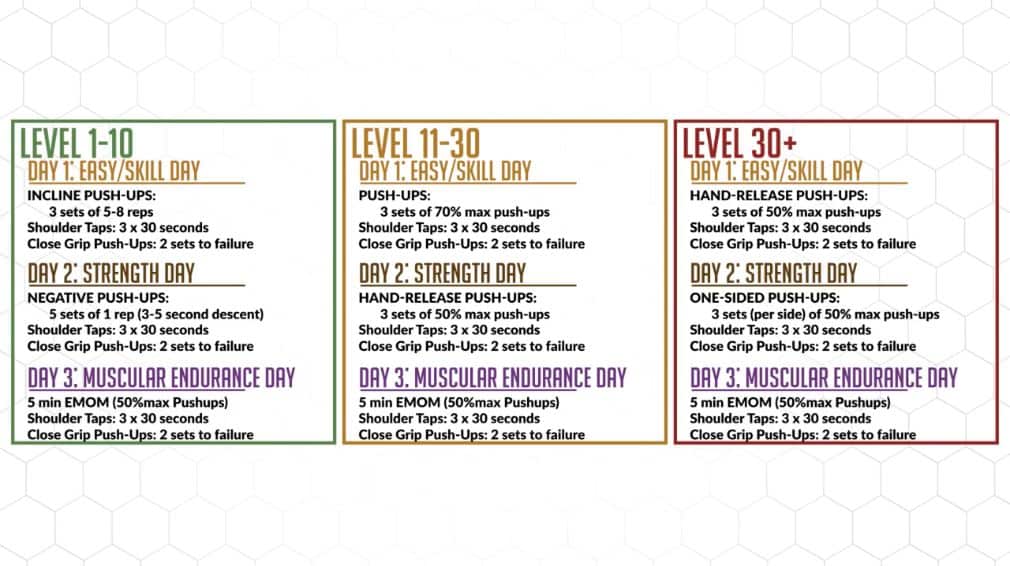
How To Use This Push Up Workout Routine
This push ups routine is a lot of volume for your chest and triceps. It should, therefore, replace all of the chest and triceps exercises you’re currently doing.
After starting the routine, do re-test how many push ups you can do every couple of weeks. Once you graduate from one level, switch over your routine to the next level.
Within my Built With Science programs, I’ve used science and carefully thought out details to construct your weekly program in a way that will maximize your results and caters to your specific body and goals. To get started today, you can take our free 1 minute quiz to find out which of our programs will best help you transform your body (just like it’s done for thousands of our members) below:
Click the button below to take my analysis quiz to discover the best program for you:
↓
For help on other exercises like pull-ups or for more muscle building tips, feel free to check my past articles out:
- The Most Effective Way To Master The Pull Up
- Strength Vs. Hypertrophy Differences (Why You're Stronger, Not Bigger)

